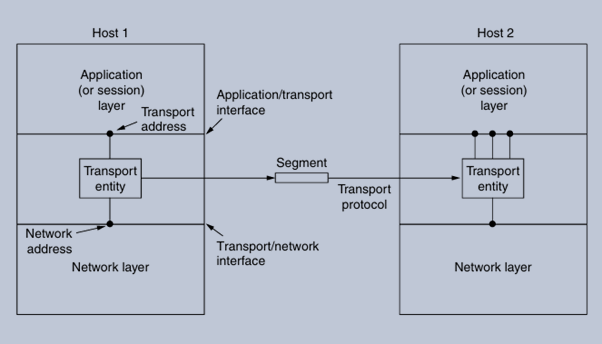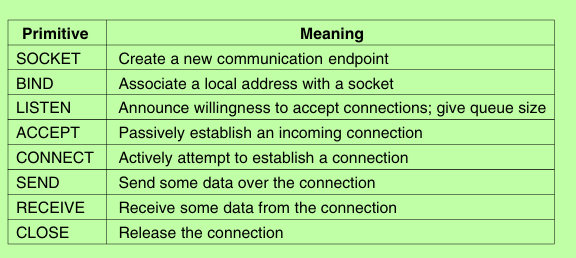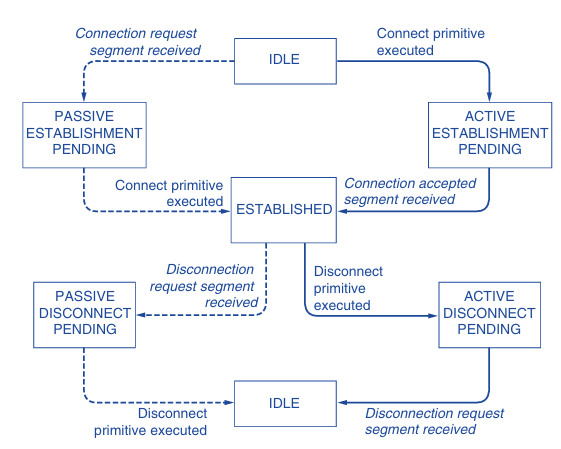Introduction to the Transport Service
The transport service is a crucial component of network communication, providing efficient, reliable, and cost-effective data transmission to application layer processes. This service operates on top of the network layer, utilizing its capabilities while adding its own features to enhance data transfer. The software or hardware responsible for this functionality is known as the transport entity, which can reside in various locations, such as the operating system kernel, a library package, or even on the network interface card.
Services Provided to Upper Layers
The primary goal of the transport layer is to ensure that data is transmitted reliably between applications. It achieves this by offering two types of transport services: connection-oriented and connectionless. Connection-oriented transport services involve three phases: establishment, data transfer, and release, similar to connection-oriented network services. In contrast, connectionless transport services send data without establishing a connection, which can be less efficient if used over a connection-oriented network.
The distinction between the transport and network layers is essential. While the network layer operates mainly on routers managed by carriers, the transport layer runs on user machines. This separation allows users to implement additional error handling and reliability features on top of the network layer, ensuring better service quality. For instance, if packets are lost or corrupted, the transport layer can detect these issues and request retransmissions, enhancing the overall reliability of data transmission.

Transport Service Primitives
To facilitate user access to the transport service, the transport layer provides a set of operations known as transport service primitives. These primitives allow application programs to establish connections, send and receive data, and release connections. A simple transport service interface might include primitives such as LISTEN, CONNECT, SEND, RECEIVE, and DISCONNECT.
For example, in a client-server model, the server uses the LISTEN primitive to wait for incoming connection requests. When a client wants to connect, it executes the CONNECT primitive, prompting the transport entity to send a connection request to the server. Once the server accepts the connection, data can be exchanged using the SEND and RECEIVE primitives.
Example of Transport Service Primitives
Here’s a simple representation of the transport service primitives:

Berkeley Sockets
One of the most widely used transport service interfaces is the Berkeley Sockets API, which was introduced in the 1980s. This API provides a more flexible and feature-rich set of primitives for Internet programming. The socket primitives include SOCKET, BIND, LISTEN, ACCEPT, CONNECT, SEND, RECEIVE, and CLOSE.
Socket Primitives
Here’s a brief overview of the socket primitives:

Example of Socket Programming: An Internet File Server
To illustrate how socket programming works, consider a simple Internet file server and client. The server listens for incoming connections and, upon receiving a request, reads the requested file and sends it back to the client. The client connects to the server, sends the file name, and then receives the file data, which it writes to standard output
Server Code
Here’s a basic implementation of the server code::click here
Client Code
Here’s a basic implementation of the client code: click here

Conclusion
The transport service plays a vital role in ensuring reliable and efficient data transmission between applications. By providing a set of transport service primitives and utilizing interfaces like Berkeley Sockets, developers can create robust applications that communicate over various networks without worrying about the underlying complexities. Understanding the transport layer and its services is essential for anyone involved in network programming and application development.
